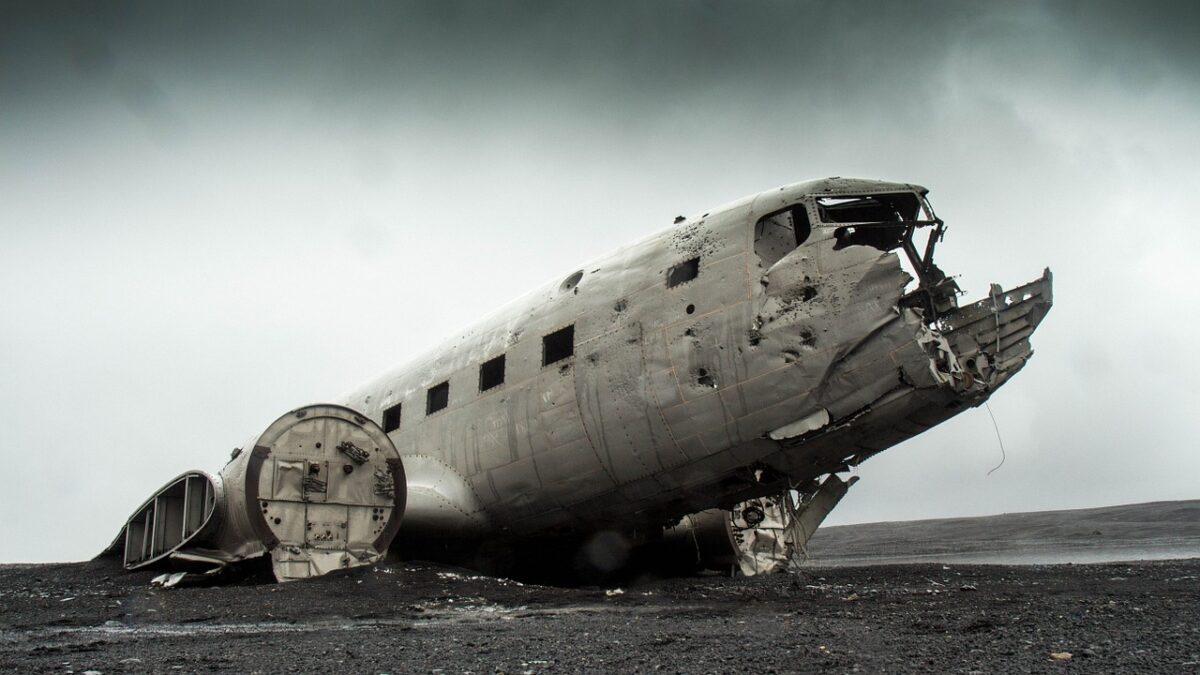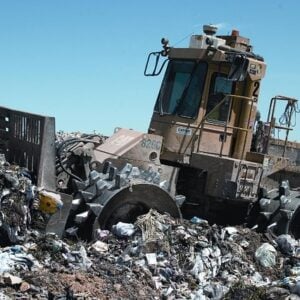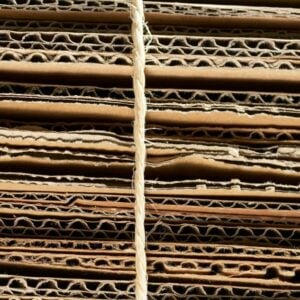
How Does Aircraft Demolition And Recycling Happen? ✈️
Aircraft Demolition And Recycling ✈️: Did you know that some special facilities have the means to both demolish and recycle aeroplanes? But how does this phenomenon happen? We will discuss all of that in this blog and more.
Like any other thing in the world, aeroplanes will one day come to fly it’s last and finally rest after all these years. A typical aeroplane flies for around a quarter of a century (25 years) before it starts to break down and wear out into impracticality.
But what happens after all of that? Do they leave the old aeroplanes out and about in a yard full of scrap, awaiting its demise? Practically speaking, that is a bad idea.
>Download Now: Free PDF Business Owners Guide To Commingled Recycling Bin Services
Not only will the owners find it very expensive to store aeroplanes, but they will also find it a nuisance, taking up lots of space in the process. In addition, they cannot just dispose of it directly and let it rot in landfills. That will be an environmental disaster!
The best thing to do is to, of course, demolish and recycle old, unusable aeroplanes. But how do aircraft demolition and recycling even happen? In this blog, we will discuss just that.
A bit about Waster
Before we continue our topic on aircraft demolition and recycling, let me share more information about Waster.
We here at Waster provide you with innovative solutions for your and your business’s waste management and recycling needs. Additionally, we provide flexible, 30-day contracts instead of the typical lock-in contracts, which proves to be better.
Click on the blue button to learn more.
READ: Disposal Of Rapid Antigen Test Kits ⚕️
The aircraft demolition and recycling process
Everyone and everything has their own last day. This, of course, includes aeroplanes. Factor in that plenty of aeroplanes do not get used too much anymore because of the pandemic, and we have an “aeroplane infestation” on our hands.
With that said, it is still a known fact that commercial airliners have limited lifespans. One day, an aeroplane will fly for the last time and retire. One common way of retiring them is by storing them in aeroplane boneyards.
Although this is a good way to handle old, unusable aeroplanes, note that storing them costs quite a lot, still. Therefore, they must be dealt with when the time comes.
Fortunately, as mentioned above, we have plenty of special facilities capable of dismantling and salvaging useful aircraft parts. In other words, we have specialised facilities that handle the demolition and recycling of an aircraft.
Aeroplanes contain lots (I mean lots) of valuable pieces which we can salvage and recycle. By doing so, not only do we save money, but we also cut the amount of waste that goes into landfills.
Before the total demolition and recycling of an aircraft, a process is done first.
The process
First things first, the aeroplane arrives at the special facility I mentioned. There, the plane is removed from any hazardous substances such as batteries, fuel and oil. Doing this process first means saving the ground below and the surrounding areas from leakage.
Some mechanics then proceed to strip off the parts of the plane, getting instructions from the manual that comes with the plane. They dismantle it first by getting rid of the nuts, bolts, fasteners or other minute parts of the plane so they can proceed to take it down piece by piece.
Next, they take out the black box, flight controls, air conditioning system, doors and other parts. Then they take out the carcass’s engine, landing gear and windshield. They can already use these parts of the plane and recycle them. They are inspected, cleaned and repaired, after which they can be put on newer planes.
Other areas of the plane such as the cockpit can be transformed into a flight simulator for training purposes. Pilots can train by using the old, unusable aeroplane’s cockpit. Additionally, some filmmakers also buy the parts of the aeroplane so they can use them for shooting movies. Other parts have also been used as sights in museums or even into furniture through the power of upcycling.
Finally, those that cannot be reused are broken down. The handlers then get the useful metals the aeroplane has such as copper wire, titanium and aluminium.
Aircraft demolition and recycling: can aeroplanes be turned into other items?
Did you know that some manufacturers have turned aeroplane metal into Coca-Cola cans?
Some items are sold back to airlines as replacement parts of aircraft still in operation, from parts of the galley to engines and electrical components.
The aircraft is usually then dismantled and using special magnetic machinery, the aluminium is separated from the rest of the millions of parts of the former aircraft.
A recent report said the aluminium taken from a small airliner can weigh around 40 tonnes and sells for as much as NZ$3400 per tonne.
Some of that aluminium is then sold to soft drink manufacturers and starts a whole new life as a can of Coca-Cola.
So next time you throw one back, just think, the can you are drinking out of could have spent the last 50 years travelling around the world.

Aircraft demolition and recycling: conclusion
Aircraft, even though complex, can be broken down for demolition and recycling. With COVID-19 still being rampant today, the amount of flights will continue to decrease unlike in the past, therefore putting some aeroplanes out of commission. Better to transform those old aeroplanes into money instead of storing them away. Not only will you produce more money in the process, but you will also help the environment.
Contact Waster today for your waste and recycling needs!
Are you a business in need of waste and recycling bin services?
If so, please call 1300 WASTER (1300 927 837). You can also email us at enquiries@waster.com.au if you have any further questions. Find the best deals in terms of waste and recycling pricing and services!
Leave a Reply Cancel reply

Product categories
Most Popular Posts
-
Commercial Waste Management Services: Reduce Waste Collection Costs! 🚍
-
Medical Waste Disposal: Everything You Need To Find Out In 2024! 💉
-
Rubbish Removal Sydney 2024: Better Bin Collections For Business ✅
-
Clinical Waste Disposal 2024: What To Know About Business Clinical Waste ⚕️
-
Secure Document Destruction 2024: All About Security Bins Shredding 🔒
-
Free Cardboard Recycling 2024: Can I Get Free Cardboard Collection? 📦
-
Confidential Paper Disposal Bins 2024: What You Need To Know About Shredding! 🔒
-
Recycling Bins Australia 2024: Recycling Can Boost Your Profits! ♲
-
Commercial Wheelie Bin Collection: What Businesses Need To Know In 2024 🗑️
-
Commingled Recycling 2024: Why Commingled Bin Is Key To Recycling 🍾













